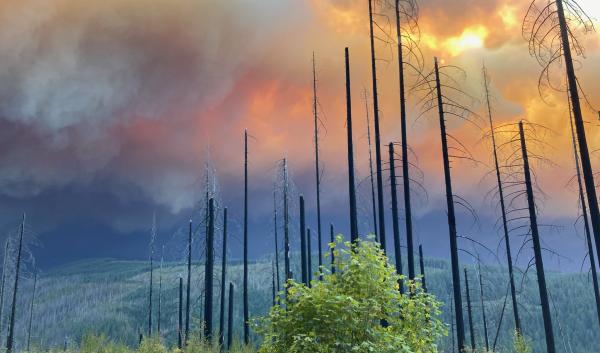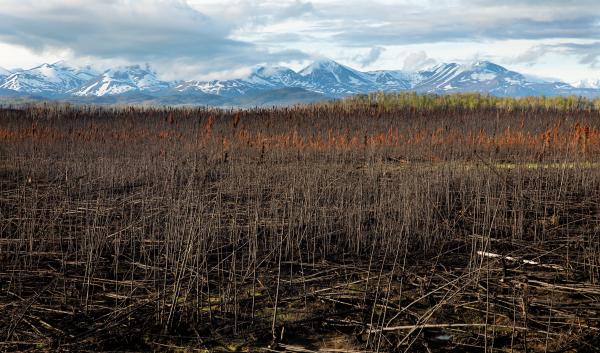AirNow Smoke Advisories
The AirNow site provides the most comprehensive location-specific air quality data and forecasts at the community scale and includes a state-level map of current air quality conditions. Public health information is provided as well.
IQ Air provides current air quality information from satellite data, which is particularly helpful in areas without monitoring sites. An IQ Air app is also available.
The National Weather Service Air Quality Forecast provides local forecasts for air quality conditions.
Copernicus Global Aerosol Forecast provides global forecasts for aerosol levels.
Purple Air provides an interactive map with real-time air quality data across the globe.
- UAF Wildland Fire Smoke Prediction for Alaska monitors and predicts smoke levels throughout Alaska.
- Air quality from State of Alaska Division of Air Quality provides air quality advisories and daily situation reports. See advisories and information.
- Wildfire Smoke Information
- Idaho Smoke Blog
- Wildland Fire Smoke and Your Health: ID Department of Health and Welfare provides resources for staying healthy in wildfire smoke.
- Wildfire Smoke Information for Idaho
- Daily Air Quality Reports and Forecasts from the Idaho Department of Environmental Quality
- Oregon Smoke Blog
- Department of Environmental Quality (DEQ) Wildfire Response
- The Air Quality Map provides a map and information on air quality in Oregon.
- Washington Smoke Blog
- Smoke from Fires is a Washington Department of Air Quality Resource that provides information to the public about the health affects of smoke from wildfires.
- The Washington State University Department of Ecology Wildfire Information monitors air quality conditions and forecasts smoke levels to protect Washington communities.
- The Washington Air Quality Advisory provides air quality advisories for the state.
- Washington's Air Monitoring Network Smoke Forecast provides a map of smoke forecasts for the state.
AirPACT provides daily fine particulate matter (pm 2.5) monitoring for the Pacific Northwest.
The Pacific Northwest NOAA Air Quality Forecast Guidance provides hourly surface and vertically integrated smoke maps for the region. Hover over the hourly boxes to see changes over 1-2 days.
Wildfire Smoke: A Guide for Public Health Officials is designed to help local publish health officials prepare for smoke, take measures to protect the public when smoke is present, and communicate with the public about smoke and health.
The Smoke-Ready Toolbox for Wildfires informs individuals about the risks of smoke exposure and actions they can take to protect their health.
The Smoke and Roadway Safety Guide provides wildland fire personnel with methods to plan and forecast for roadway smoke impacts and to reduce risk to the public and fire personnel by monitoring, responding to, and mitigating smoke on roadways.
-
Fire Information for the Northwest
A suite of resources related to current wildfires, post-fire management strategies at the national, regional, and state level (AK, OR, ID, WA).
-
Climate Change and Wildfire in Idaho, Oregon, and Washington
Large fires in Idaho, Oregon, and Washington are associated with warm and dry conditions that are likely to increase with climate change.
-
Climate Change and Wildfire in Alaska
In Alaska, the risk of large, frequent, and severe wildfires is increasing as rapidly warming temperatures and longer growing seasons alter forest and tundra…




